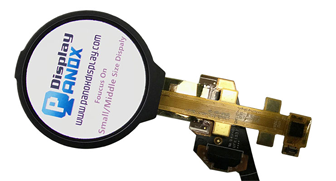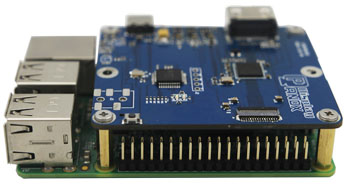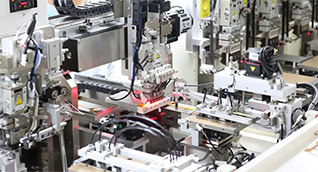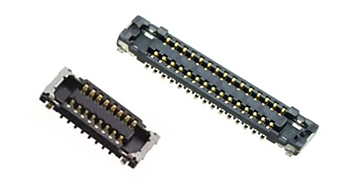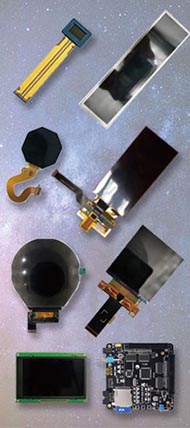Does HMD mean VR ?
No, HMD mean head mounted display, contain VR, AR, MR. If you've ever looked up phrases such as “HMD VR,” “HMD definition,” or “what is a head mounted display,” you're in good company. Many people associate HMDs directly with VR (Virtual Reality). But is that assumption accurate? Let’s clarify the meaning of HMD and its role in modern immersive technologies.
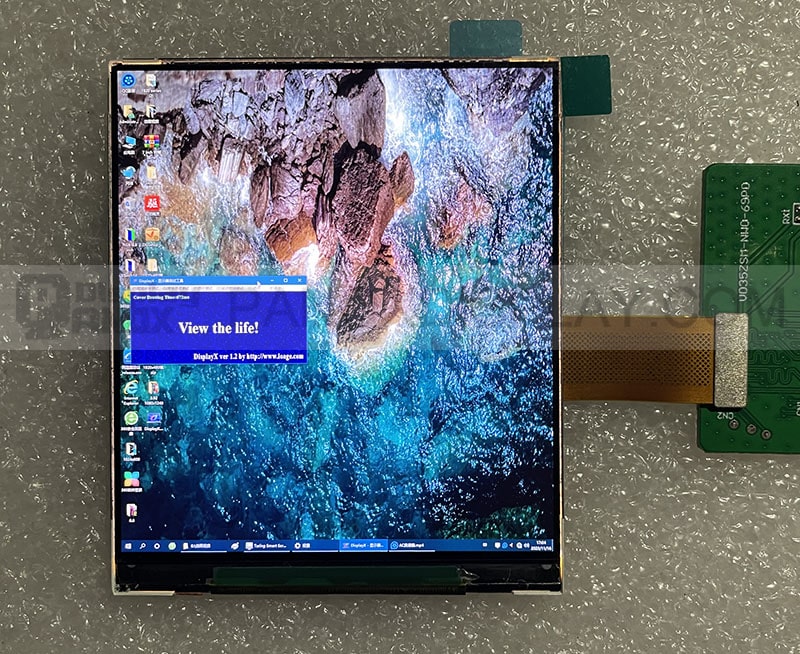
What does HMD mean?
HMD stands for Head Mounted Display. It is a complex piece of technology. Sometimes, it is called a head-mounted device. This new wearable display system is made to be worn on the head. It places the visual display right in front of the user's eyes. The main purpose of an HMD is to immerse the user in a visual experience. It presents content that fits smoothly into their field of vision.
HMDs have two screens for a more immersive virtual experience. They track head movements to improve user engagement and presence beyond regular displays.They are utilized in VR gaming, training, medical visualization, and architectural design, providing immersive experiences and safe skill practice in professional settings.
New HMD technology enhances user experience with features like spatial audio and eye-tracking, transforming interactions with digital content and blending real and virtual worlds.
Not exactly—although closely related, HMD does not mean VR alone. A virtual reality head-mounted display is a kind of HMD. However, the term covers a wider range of uses. In fact, HMD is a core technology in VR, AR (Augmented Reality), and MR (Mixed Reality) experiences.

Here’s a breakdown:
VR HMDs: Used in virtual reality, these devices immerse users in a fully digital 3D world. They typically feature high-resolution screens, motion tracking, and spatial audio. Examples include Meta Quest, HTC Vive, and PlayStation VR.
AR HMDs: In augmented reality, head mounted displays overlay digital information onto the real environment. Industries use devices like Microsoft HoloLens in industrial design, education, and more.
MR HMDs: Mixed reality blends physical and digital elements interactively, often requiring more advanced sensors and depth tracking.
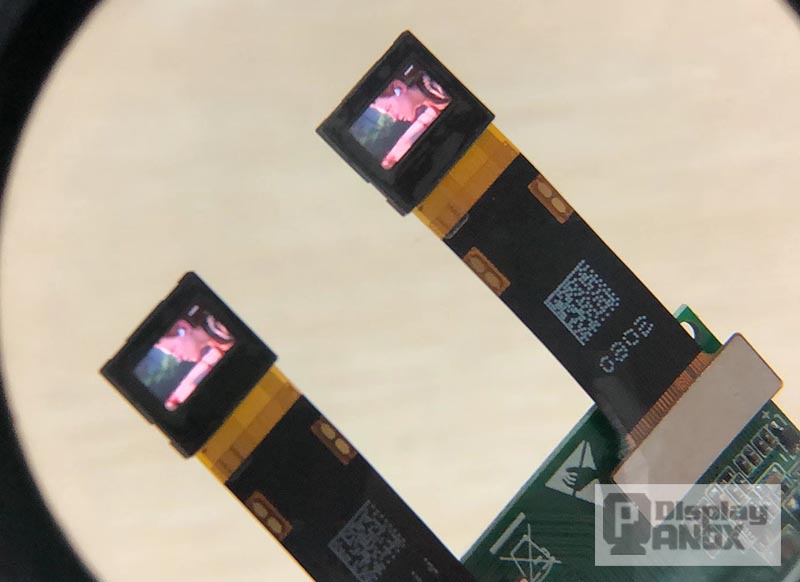
HMD display technology
A modern HMD display often uses OLED, Micro-OLED, or high-speed LCD panels to achieve immersive visual quality. Important specifications include:
a.Resolution (e.g., 1440×1600 per eye)
b.Refresh rate (e.g., 90Hz or 120Hz)
c.Field of view (typically 90° to 120°)
d.Low latency and ergonomic design
Whether it's for gaming, simulation, medical training, or remote collaboration, the display quality directly impacts user experience.

HMD: A foundation of immersive technology
In short, the head mounted display meaning goes beyond just VR. It forms the hardware basis of the entire XR (Extended Reality) spectrum, which includes VR, AR, and MR. As display and sensor technologies evolve, HMDs will continue to expand into industries like healthcare, education, manufacturing, and entertainment.
Conclusion
Does HMD stand for VR? No, HMD stands for Head Mounted Display. This is a type of device. It includes virtual reality, but it also supports augmented and mixed reality. VR is just one branch of what HMDs can do. As immersive technology becomes more common, understanding the role of HMDs helps us see the future of digital interaction.











